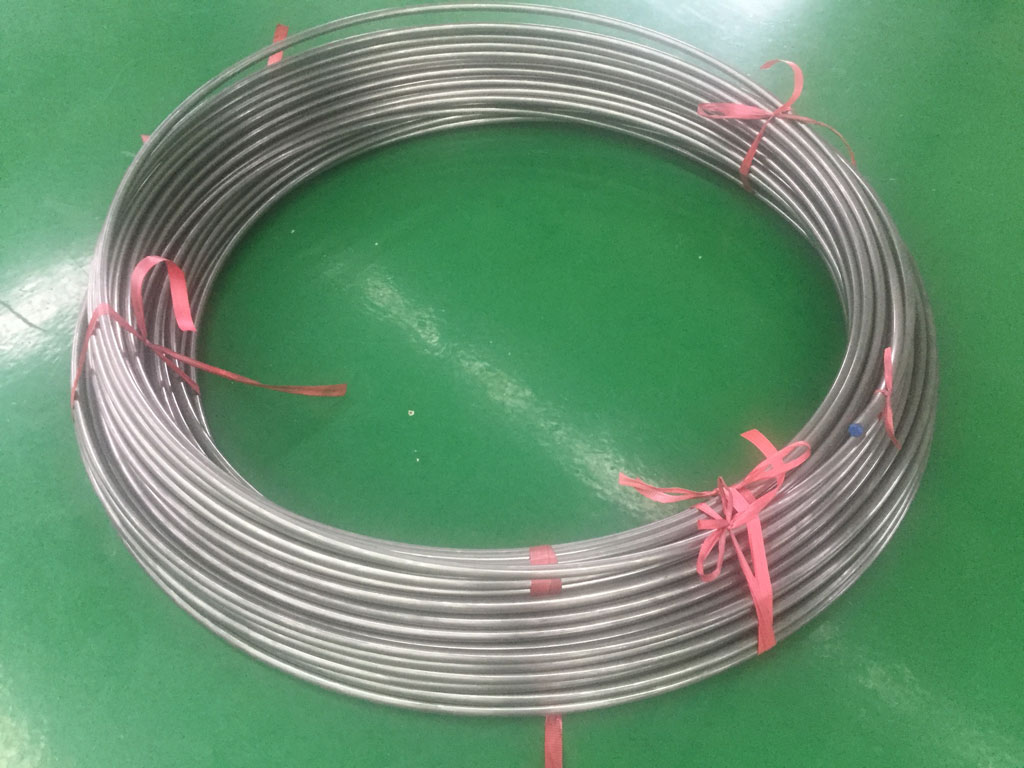Cold pilger mills for rolling of tubes of hard deformed materials
Mills are intended for rolling of tubes of stainless, heat resistant steels grade and other hard deformed materials with ultimate strength in initial state up to 1100 MPa. Specific features of the tube type production are significant vertical and axial forces during rolling process, high requirements to the accuracy of geometric dimensions and to the surface quality. For production of this tube type, “QUARTO” type mills are recommended.
CPM 40 for rolling of tubes of hard deformed materials
Mills technical characteristic is given below:



.jpg) Mill equipment arrangement. Mills for rolling of the tubes with diameter of up to 80 mm are designed with face (axial) charging with two shell chucks and two rod chucks.
Mill equipment arrangement. Mills for rolling of the tubes with diameter of up to 80 mm are designed with face (axial) charging with two shell chucks and two rod chucks..jpg)
 Arrangement. Cold pilger mills for rolling of long-length tubes are equipped with coiling machine that is installed on the rolling line and provides coiling of tubes simultaneously with rolling without stopping of technological process. Coiling machine is installed on the exit side from working stand right after the finish tubes receiving table that allows to roll a normal length tubes and long-length tubes as well.
Arrangement. Cold pilger mills for rolling of long-length tubes are equipped with coiling machine that is installed on the rolling line and provides coiling of tubes simultaneously with rolling without stopping of technological process. Coiling machine is installed on the exit side from working stand right after the finish tubes receiving table that allows to roll a normal length tubes and long-length tubes as well.